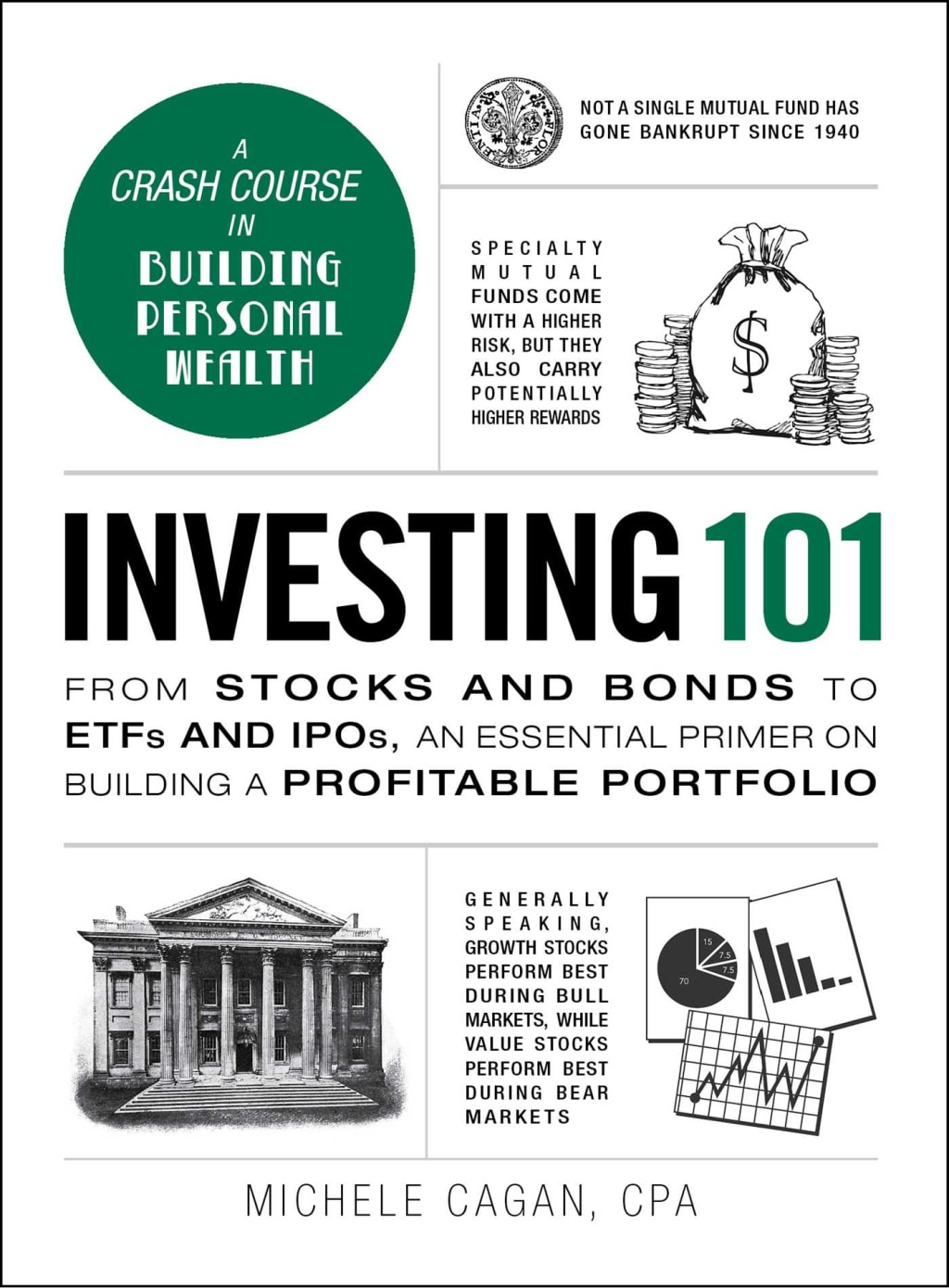Investing 101
A Beginner's Guide to Building Wealth in the Stock Market

Investing in the stock market has the potential to be a powerful tool for building wealth and achieving financial independence. While it may seem intimidating at first, with the right knowledge and strategies, anyone can embark on this exciting journey. In this beginner's guide to investing, we'll explore the fundamentals of the stock market, provide practical tips, and use real-life examples to inspire and guide you towards wealth creation. Let's get started!
1. Understanding the Stock Market:
The stock market is a platform where individuals can buy and sell shares of publicly traded companies. Investing in stocks means becoming a partial owner of those companies, allowing you to benefit from their growth and profitability.
Real-life example: John invested in shares of a technology company he believed in. As the company's products gained popularity and its stock price increased, John's investment grew, resulting in substantial profits.
2. Establishing Investment Goals:
Before diving into the stock market, it's crucial to define your investment goals. Are you saving for retirement, a down payment on a house, or a child's education? Setting clear goals helps you tailor your investment strategy and stay focused on achieving your objectives.
Real-life example: Sarah set a goal of saving for a down payment on a home. With that goal in mind, she invested in stocks that offered long-term growth potential to maximize her returns over time.
3. Building a Diversified Portfolio:
Diversification is key to mitigating risk and maximizing returns. By investing in a variety of stocks across different sectors and geographies, you reduce the impact of any single investment's performance on your portfolio.
Real-life example: Mark diversified his portfolio by investing in stocks from various industries such as technology, healthcare, and consumer goods. This approach protected his investments from sector-specific downturns and increased his overall chances of success.
4. Conducting Thorough Research:
Before investing in any stock, conduct thorough research to understand the company's financial health, competitive advantages, and growth prospects. Analyze financial statements, read company news, and stay informed about industry trends to make informed investment decisions.
Real-life example: Emma spent time researching a pharmaceutical company before investing. By staying updated on the company's drug pipeline, clinical trials, and potential regulatory approvals, she was able to make well-informed investment choices.
5. Long-Term Mindset and Patience:
Investing in the stock market is not a get-rich-quick scheme. It requires a long-term mindset and patience. Stocks can be volatile in the short term, but historically, the market has rewarded investors who stay committed over the long run.
Real-life example: Michael invested in a company he believed had strong long-term potential. Despite short-term price fluctuations, he remained patient and focused on the company's fundamentals. Over time, his investment grew significantly.
6. Dollar-Cost Averaging:
Dollar-cost averaging is an investment strategy where you invest a fixed amount of money at regular intervals, regardless of the stock's price. This approach reduces the impact of market fluctuations and allows you to buy more shares when prices are low and fewer shares when prices are high.
Real-life example: Lisa set up an automated investment plan, contributing a fixed amount each month to her portfolio. This disciplined approach helped her take advantage of market downturns and average out her purchase prices.
7. Managing Risk with Stop Loss Orders:
To protect your investments, consider using stop loss orders. A stop loss order automatically sells a stock if it reaches a predetermined price. This strategy limits potential losses and protects your capital.
Real-life example: David set stop loss orders for his investments, ensuring that if a stock experienced a significant decline, he would limit his losses by selling at a predetermined threshold.
8 .Taking Advantage of Dividends:
Dividends are periodic payments made by some companies to shareholders as a share of their profits. Investing in dividend-paying stocks can provide a steady stream of income and potentially increase your total returns.
Real-life example: Sarah invested in a utility company that offered consistent dividend payments. Over time, the dividends she received not only provided additional income but also contributed to the growth of her investment portfolio.
Conclusion:
Investing in the stock market is a powerful tool for building wealth and achieving financial independence. By understanding the basics, setting clear goals, diversifying your portfolio, conducting research, and adopting long-term strategies, you can navigate the stock market with confidence. Remember, investing is a journey that requires patience, discipline, and continuous learning. Start today, and let the stock market be your vehicle for creating lasting wealth and financial prosperity.
About the Creator
MUGISHA Rabsson
Mugisha Rabsson is a seasoned writer dedicated to helping individuals navigate the complex world of personal finance,life,families,nature,health,nutrition,technology,caring,...






Comments
There are no comments for this story
Be the first to respond and start the conversation.